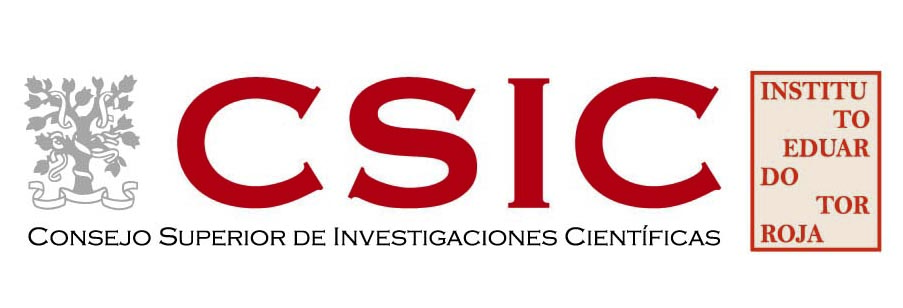The present work shows the obtainment of biosynthesized SiO2 with the aid of Jasminum grandiflorum plant extract and the study of its photocatalytic ability in dye degradation and antibacterial activity. .
The obtained biosynthesized SiO2 nanoparticles were characterized using X-ray diffractometer analysis, Fourier transform infrared spectroscopy analysis, ultraviolet–visible diffuse reflectance spectroscopy, field-emission scanning electron microscope with energy-dispersive X-ray analysis, transmission electron microscopy and X-ray photoelectron spectroscopy.
The UV-light irradiated photocatalytic activity of the biosynthesized SiO2 nanoparticles was examined using methylene blue dye solution. Its reusability efficiency was determined over 20 cycles and compared with the commercial P-25 titanium dioxide. The bacterial resistivity of the biosynthesized SiO2 nanoparticles was examined using S. aureus and E. coli.
The biosynthesized SiO2 nanoparticles showed a high level of crystallinity with no impurities, and they had an optimum crystallite size of 23 nm, a bandgap of 4 eV, no Si-OH groups and quasi-spherical shapes with Si-2p at 104 eV and O-1s at 533 eV. Their photocatalytic activity on methylene blue dye solution could reach 90% degradation after 40 min of UV light exposure, and their reusability efficiency was only 4% less than that of commercial P-25 titanium dioxide. At the concentration of 100 μg/mL, the biosynthesized SiO2 nanoparticles could allow the resistivity of E. coli to become borderline to the resistant range of an antibiotic called Amikacin.


